More from News 12
1:40
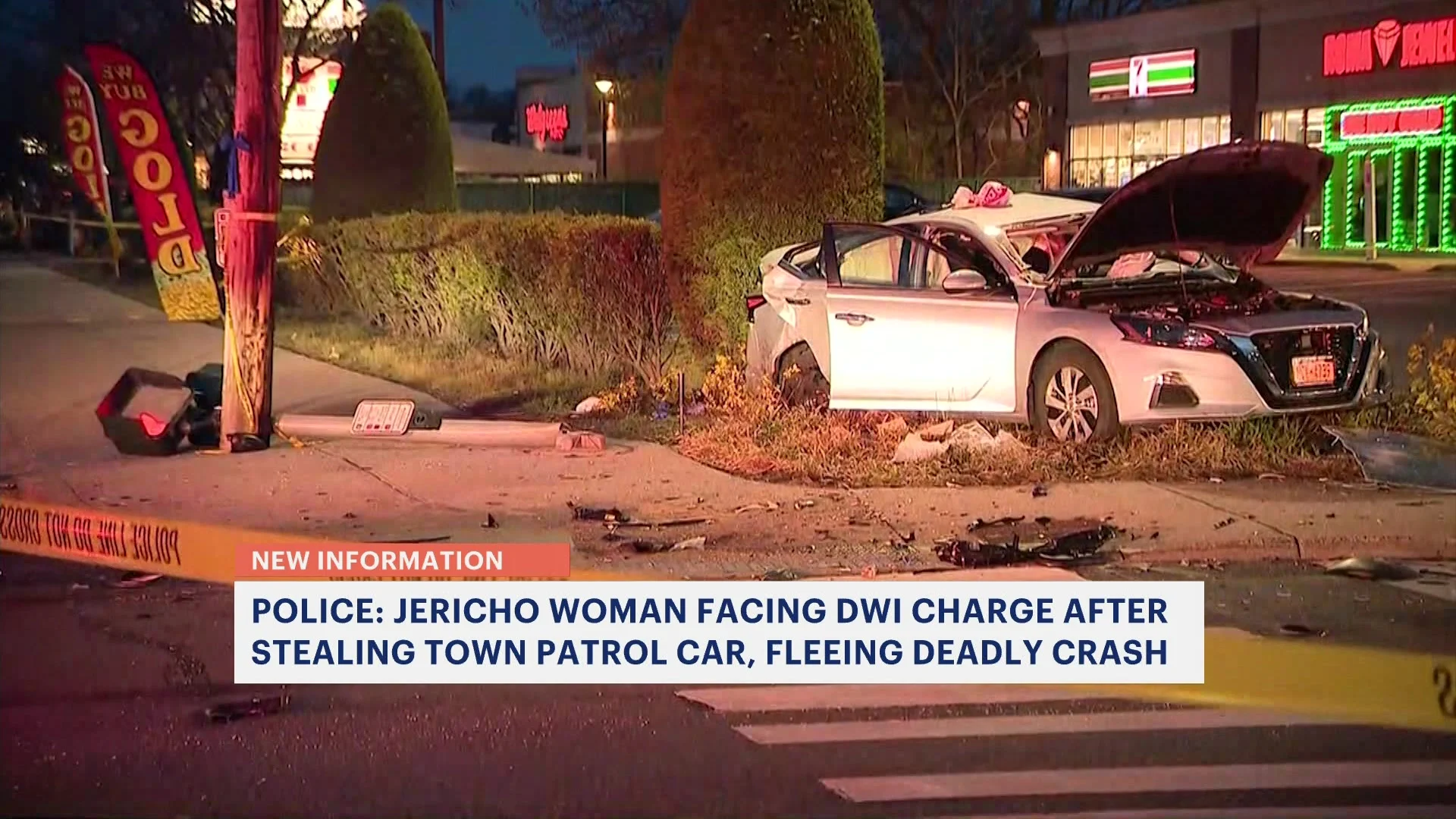
Police: 21-year-old woman fled fatal Massapequa DWI crash in stolen town patrol car
2:27
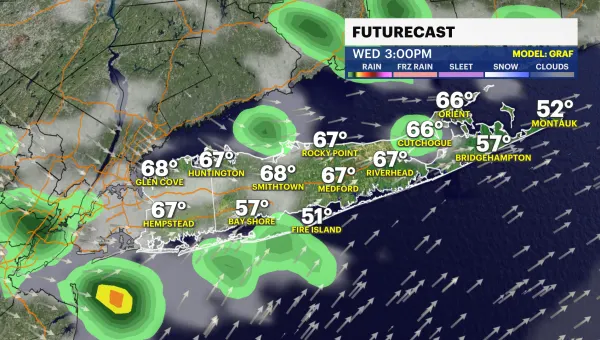
Spotty showers with breezy and warmer conditions today

UBS Arena to host 2024 MTV VMAs in September
0:23
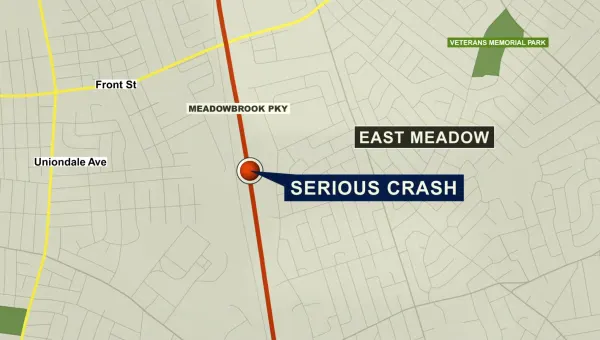
Meadowbrook Parkway reopens following serious crash
1:53

Shop Mother’s Day Gifts – Exclusive Offers Up to 75% OFF!
0:34
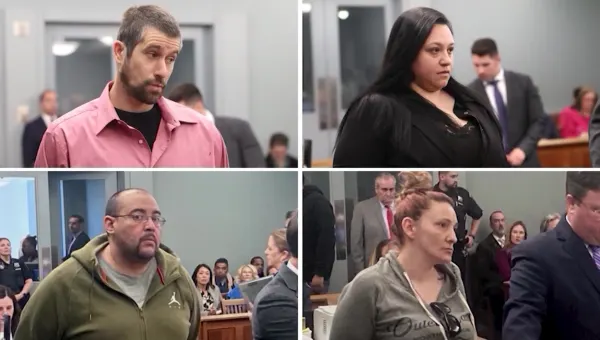
2 suspects in human remains case due in court today
0:31

John's Crazy Socks, Guide Dog Foundation unveil world's first tactile Braille socks
1:33
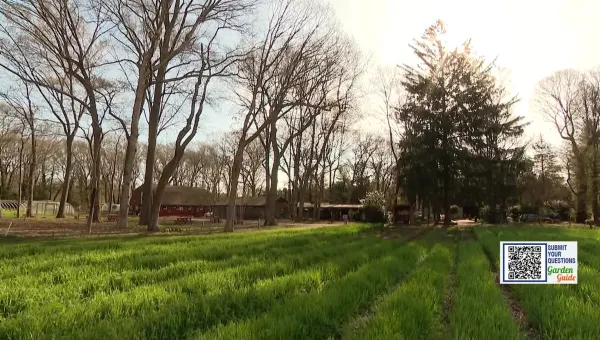
Garden Guide: What is community-supported agriculture?
1:38

What's Cooking: Uncle Giuseppe's Marketplace's Key Lime Pie
0:23

Pitbull announces tour stop at Jones Beach Theater in Wantagh
2:14
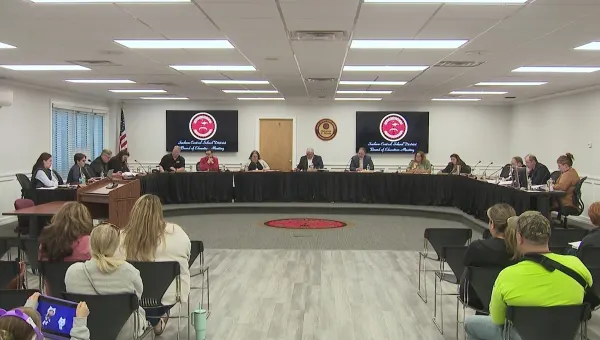
Sachem School Board adopts budget piercing tax cap at 4.87%
1:28
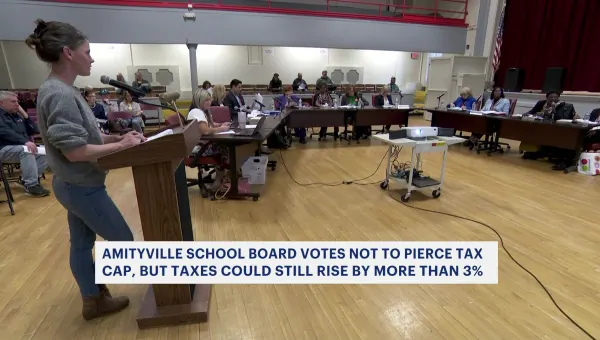
Amityville, Sayville School Boards vote not to pierce tax caps
0:23

Santos bows out of independent run for NY's 1st Congressional District
1:48

Police release photos of vehicle involved in 2022 fatal drive-by shooting in Ronkonkoma in hope of leads
0:23

Police: 5 teens caught on camera trespassing into Patchogue building
1:40
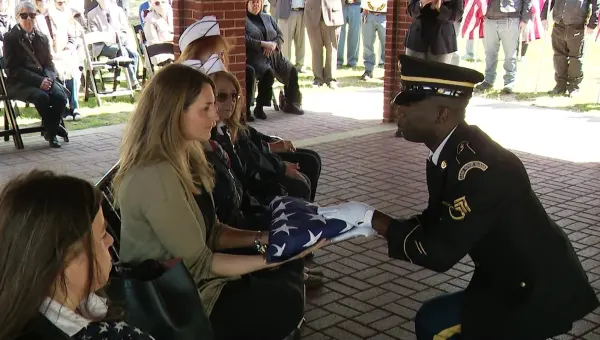
Remains of 7 WWII vets found at Freeport funeral home
0:34
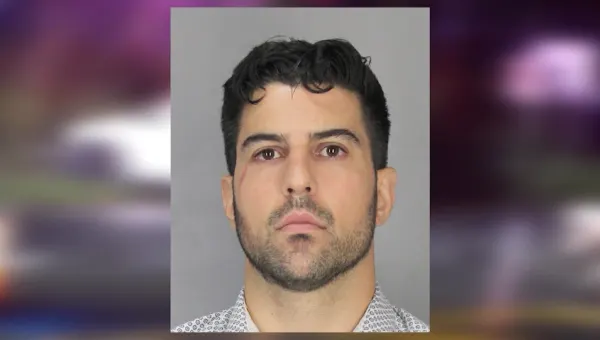
DA: Syosset man pleads guilty in DWI crash that killed married couple in Laurel Hollow
1:57
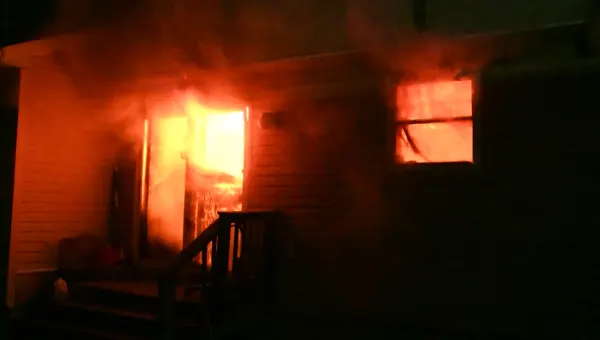
3 families displaced by fast-moving fire at North Amityville home
0:51
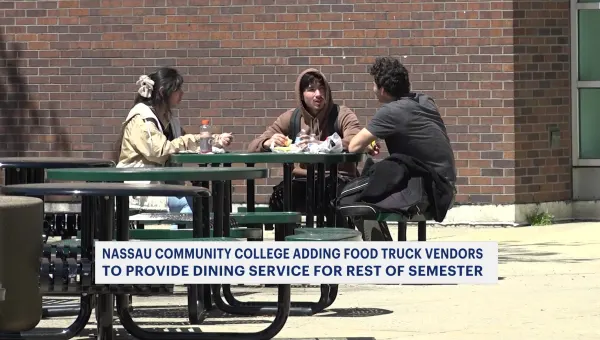
NCC working with food truck vendors to provide food for rest of semester
